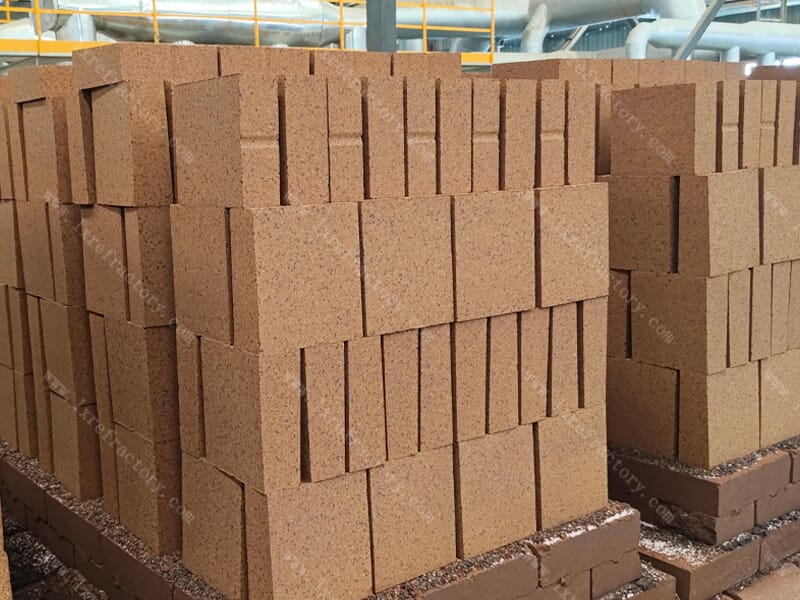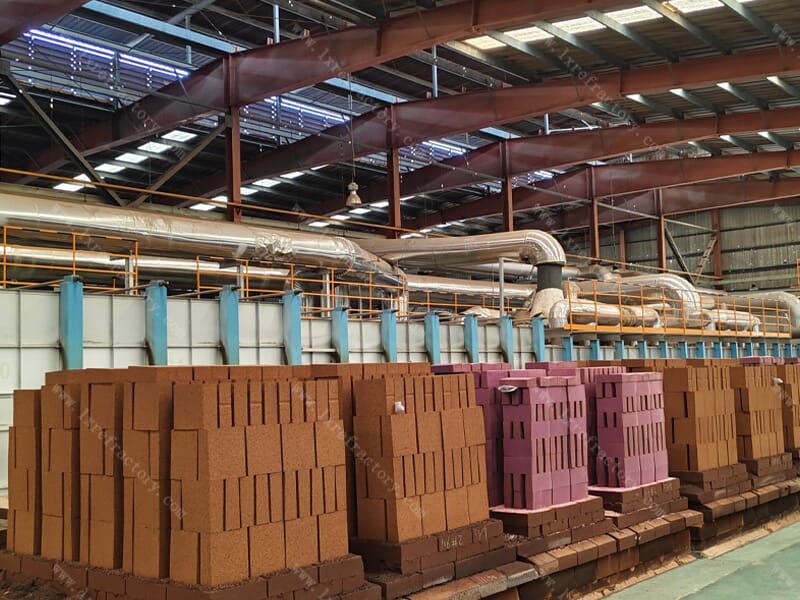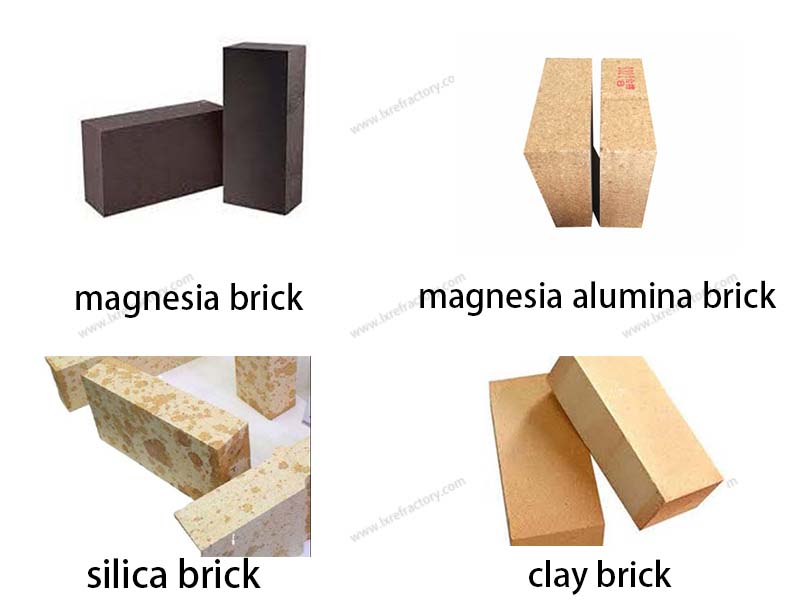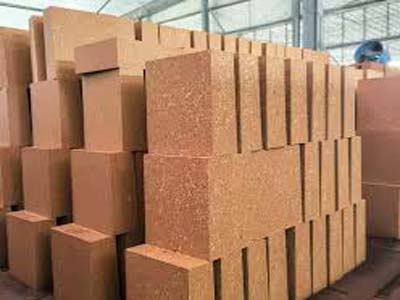Fire bricks serve as a “protective barrier” for industrial kilns and high-temperature equipment, and their installation quality directly determines the equipment’s lifespan and production safety. Poor installation can lead to brick cracking and detachment, increasing maintenance costs and potentially causing production accidents. Mastering scientific installation methods and life-extending techniques can effectively improve the performance of fire bricks and reduce operational risks for businesses.
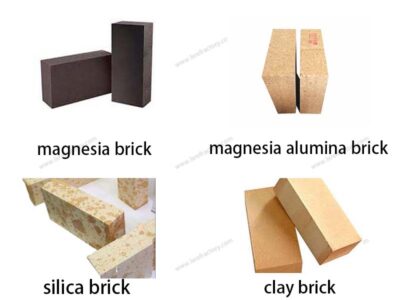
fire brick
Fire Brick Installation: A Solid Foundation is Key
1. Before Installation: Preparatory Work
Preparation before installation directly affects the quality of subsequent construction. First, qualified fire bricks must be selected. Whether it’s magnesia bricks for high-temperature kilns or silica bricks suitable for acidic environments, the bricks must be inspected for missing corners or cracks, and dimensional deviations must be measured within acceptable limits to avoid using substandard products.

silica bricks
Secondly, the construction surface must be cleaned, removing debris, dust, and old brick residue from the kiln’s inner wall to ensure the surface is flat and dry. Simultaneously, a detailed installation plan should be developed based on the kiln structure, and auxiliary materials such as refractory mortar and anchoring nails should be prepared to ensure that the material types match the refractory bricks. For example, high-alumina refractory mortar should be used when laying magnesia bricks to improve bonding strength.
2. During Installation: Controlling Key Details
The masonry process should follow the principle of “staggered joints” to avoid vertical continuous joints and enhance the overall structural stability. During masonry, the refractory mortar should be applied evenly and fully, with a thickness controlled at 3-5 mm. The gaps between bricks must be tight to prevent the penetration and erosion of high-temperature gases.
For complex stress areas such as kiln corners and flues, irregularly shaped bricks should be used, and anchoring structures should be added for reinforcement. During construction, the flatness of the bricks should be checked in real time, and a level should be used for calibration to prevent tilting or loosening.
3. Post-Installation: Emphasizing Curing
After installation, the kiln cannot be put into use immediately; scientific curing is required. The natural curing time should be no less than 72 hours, during which time the environment should be kept dry and well-ventilated, and rain or moisture should be avoided.
For large kilns, a gradient heating curing method can be adopted, gradually increasing the furnace temperature to allow the refractory bricks and refractory mortar to fully bond, reducing cracking caused by thermal stress. After curing, a comprehensive inspection of the brick joints and fixation is necessary, and any potential problems should be repaired promptly.
Extending the Lifespan of Fire Bricks: Daily Management is Key
1. Controlling Temperature Fluctuations and Reducing Thermal Shock
Sudden temperature rises and falls are one of the main causes of fire brick damage. During production, the heating curve should be strictly followed to avoid overheating. Cooling should be done slowly and gradually to reduce internal stress caused by thermal expansion and contraction.
The kiln temperature control system should be checked regularly to ensure the temperature sensors are accurate and sensitive, and the heating rate should be adjusted promptly to reduce thermal shock damage to the fire bricks.
2. Strengthening Daily Inspections and Addressing Potential Problems Promptly
Establish a regular inspection system, focusing on checking for cracks, peeling, erosion, etc., on the surface of the refractory bricks, and paying attention to whether the brick joints are widening and whether the refractory mortar is aging.
When minor cracks are found, they can be filled with a high-temperature repair agent. If local brick loosening occurs, it needs to be reinforced or replaced promptly to prevent the spread of potential hazards. During inspections, accumulated slag and coke on the brick surface should also be cleaned to reduce chemical corrosion.
3. Optimizing the operating environment and reducing corrosive factors are crucial.
Selecting appropriate refractory brick materials for different production scenarios is key to extending their service life: corrosion-resistant magnesia-alumina fire bricks are preferred for high-temperature smelting environments. Thermally shock-resistant fused zirconia-corundum bricks are used in glass furnaces. Siliceous refractory bricks are chosen for acidic environments.
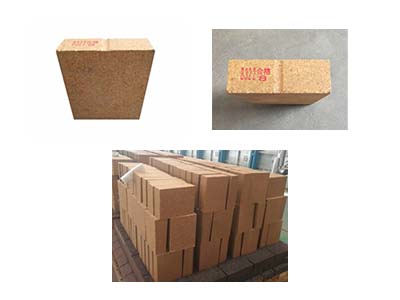
magnesia alumina brick
Controlling the impurity content of raw materials during production reduces the formation of corrosive substances such as sulfur and alkalis, thereby minimizing chemical corrosion of the refractory bricks. Simultaneously, maintaining good ventilation in the furnace prevents the accumulation of harmful gases.
The installation and maintenance of refractory bricks have always been key aspects of cost reduction and efficiency improvement for enterprises. Whether you are using magnesia bricks, high-alumina bricks, or other types of refractory bricks, you don’t need to handle installation difficulties or lifespan reduction issues alone.

high alumina fire bricks
With over 20 years of experience in industrial refractory brick construction and maintenance, we offer a full range of services from brick selection and on-site installation to post-installation maintenance, including free customized solutions. Let our professional team build a robust “high-temperature defense” for your industrial production, eliminating the hassle of frequent repairs! Feel free to contact us anytime!

